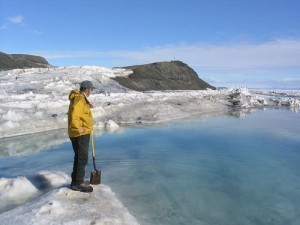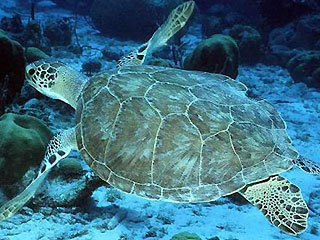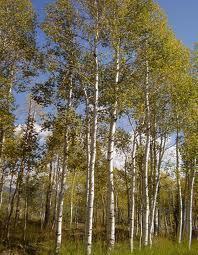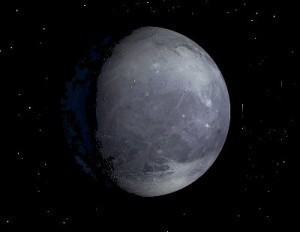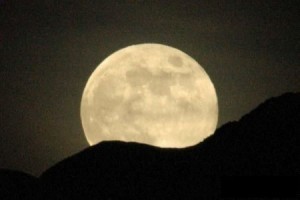Biggest Forest
The world’s biggest forest is the Amazon Rainforest. It covers an area of more than 5.5 million square kilometers (2 million sq mi). It is 30% bigger than the Congo rainforest, the second largest.
Overview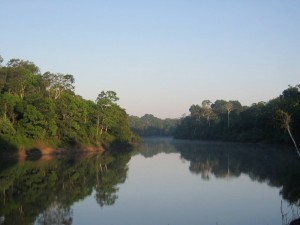
Around 60% of the Amazon is in Brazil. 13% is in Peru and the rest of South America. Its biodiversity is unequalled anywhere on Earth. 1 in 10 of all known animal and plant species can be found in the Amazon.
Scientists estimate there are 2.5 million insect species in the Amazon. There are also 378 reptile types, 428 amphibians, 427 kinds of mammals and 1,294 birds and 40,000 plant species minimum.
The Canopy
The Amazon is dense. This is understandable as there are 90,000 tons of living plants per sq km in the area. They form a canopy, darkening the area. The canopy is set at 30-40 m (100-125 ft) above the surface.
Different species live in each canopy layer. Among the layers is the emergent layer over the canopy and the understory under the canopy. The forest floor gets only 2% sunlight. The world’s biggest forest has relatively thin soil owing to the frequent rains.
Wildlife
The vastness of the Amazon is matched only by its biodiversity. Its rivers are populated by electric eels and piranhas. Piranhas are fierce predators that can kill humans. The Black Caiman is a black crocodilian that resides beneath the water.
The forest is also home to the 23 ft (7 m) Anaconda. There are also poison dart frogs, whose venom can kill massive creatures. One of its most famous inhabitants is the jaguar.
The equatorial rainforest is a product of millions of years of evolution. That is the reason why it is so rich in plant and animal variety. Sloths, vampire bats, toucans, king cobras, gibbons and chimpanzees proliferate.
Other Information
The Amazon has its rainy season. Under the canopy, humidity and high heat are produced. This leads to the cycle of dissipation and evaporation. Research has shown that organisms have been living in the area for the past 100 million years.
The Amazon emerged during the Cretaceous period. Clearly, the Amazon was able to survive the dinosaur’s mass extinction. The area continued to evolve well into the Paleocene period.
The world’s biggest forest has an almost constant temperature of 80 F. The rainfall averages about 100 inches annually. Scientists believe that it is the rain that protected the site from whatever killed the dinosaurs.
